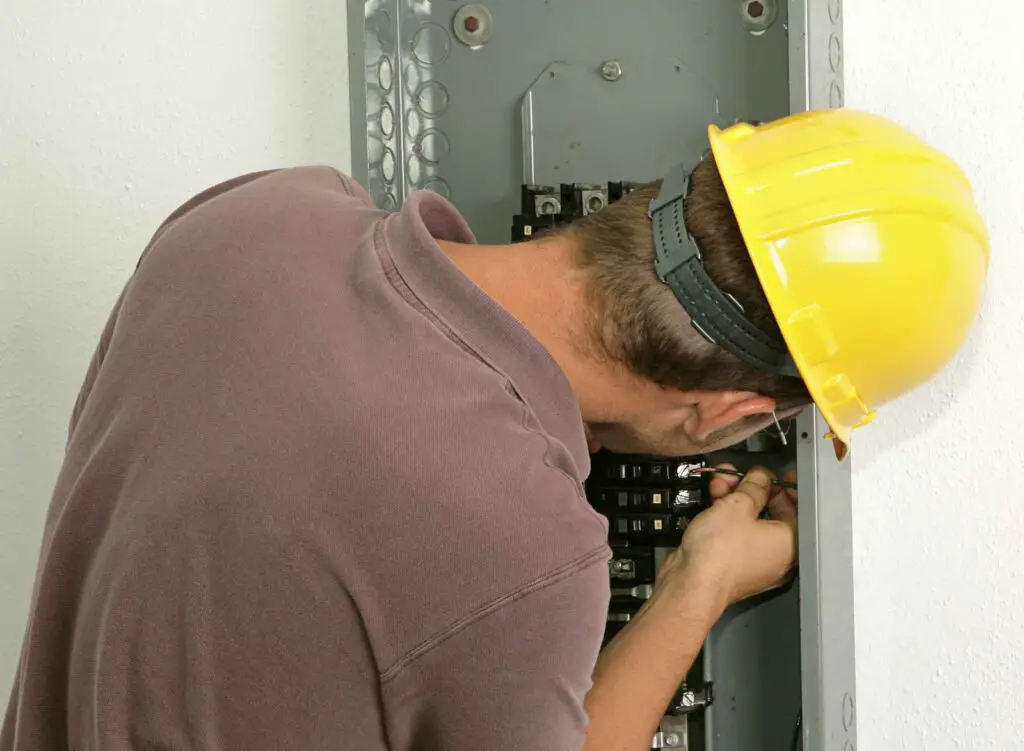Picture this: You’re standing in the electrical aisle at your local hardware store, a 15 amp GFCI in one hand, a 20 amp GFCI in the other.
Which one do you choose?
When we were working on the remodeling of our home, I learned more about wiring, loads, and electrical safety than I ever imagined.
I grappled with the nuances of 15 and 20-amp circuits, GFCI protection, and NEC code compliance.
It was a revelation seeing how these components harmonize for safe, efficient power in our home.
The whole experience gave me a newfound respect for electrical systems and the professionals who maintain them.
Can a 15 amp GFCI be used on a 20 amp circuit? You might be surprised by the answer.
But we’re not just talking about the main question here.
We’re going to address your “but what about” questions like:
- What’s the real difference between a 15 amp and 20 amp outlet?
- How does this whole GFCI thing work, anyway?
- Are there specific requirements for certain appliances like refrigerators?
- And that mysterious 20 amp to 15 amp adapter you found in your toolbox – is it safe to use?
Get ready to navigate the electrifying maze of GFCIs and circuits.
Let’s flip the switch on your electrical know-how.
Before we get too far along here, if you want to connect with other homeowners, DIYers, and builders and get more great ideas for your home to make your space the best join my free private Facebook group, Remodel Reality here.
- 15 Amp GFCI on 20 Amp Circuit: According to NEC 210.21 (B) (1), it’s not advisable to use a single 15 Amp GFCI outlet on a 20 Amp circuit.Use two 15 Amp GFCI outlets or a 20 Amp outlet instead.
- Mismatched Outlets and Circuits: A 15 Amp outlet can be used on a 20 Amp circuit but avoid connecting a 20 Amp device to a 15 Amp outlet due to overload risks.
- 20 Amp Receptacles: Using a 20 Amp receptacle on a 20 Amp circuit may pose risks.Keep total current draw in mind when using duplex 20 Amp outlets.
- Potential Damage: Connecting a 20 Amp device to a 15 Amp receptacle may harm the device or circuit.
- Professional Help: Consult a certified electrician if unsure about outlet-circuit suitability.
- Understanding Circuits: A circuit carries electricity from a power source to a device and back.Amps indicate the maximum electricity a circuit can handle.
- 15-Amp vs 20-Amp Circuits: 20 Amp circuits can handle more electrical load than 15 Amp circuits.Choose the right circuit for safety and efficiency.
 Pushing the Amps: Is it a Bright Idea to Use a 15 Amp GFCI on a 20 Amp Circuit?
Pushing the Amps: Is it a Bright Idea to Use a 15 Amp GFCI on a 20 Amp Circuit?
Ever wonder if you can use a 15 Amp GFCI on a 20 Amp circuit? Is it just a dim idea or a real shocker? Buckle up, because we’re about to unravel the mystery.
First off, let’s talk about the National Electrical Code (NEC) rules.
NEC 210.21 (B) (1) makes it clear: on a 20 amp circuit, you can’t just use a single 15 amp GFCI outlet. Instead, you can use a 20 amp outlet.
Or, you can use two 15 amp GFCI outlets.
You can even pair a 15 amp GFCI outlet with a 20 amp outlet.
But remember: using a single 15 amp GFCI outlet on a 20 amp circuit…
it’s risky.
Now, you might be thinking, “Risky? Pfft! I laugh in the face of danger!” (or maybe that’s just me).
But let’s shed some light on what kind of risks we’re talking about here.
Firstly, you need to understand that using a 15 amp outlet on a 20 amp circuit doesn’t mean all hazards disappear.
For instance, you can plug a 15-amp device into a suitable outlet connected to a 20-amp circuit.
But connecting a 20-amp device to a 15-amp outlet? That’s a no-go.
Overloading can occur, and that’s something we definitely want to avoid.
A 20 amp receptacle on a 20 amp circuit is also a no-no.
A 20-amp outlet often means a duplex, where you can use two 15-amp or 20-amp devices.
But remember, the total current draw matters.
If the math isn’t adding up in your favor, call a certified and reliable electrician to handle the job.
Speaking from personal experience, messing around with amperage can lead to some electrifying results (and not in the “wow, that’s amazing” sense).
I once tried to plug a 15 amp appliance into a 20 amp outlet.
Let’s just say, you risk ruining the appliance or the circuit if the device draws 20 amps and you connect it to a 15-amp receptacle.
I learned my lesson the hard way, so you don’t have to.
So, the next time you’re tempted to use a 15 amp GFCI on a 20 amp circuit, remember these words: it’s risky business.
But hey, at least now you know the risks and rules, and that’s half the battle.
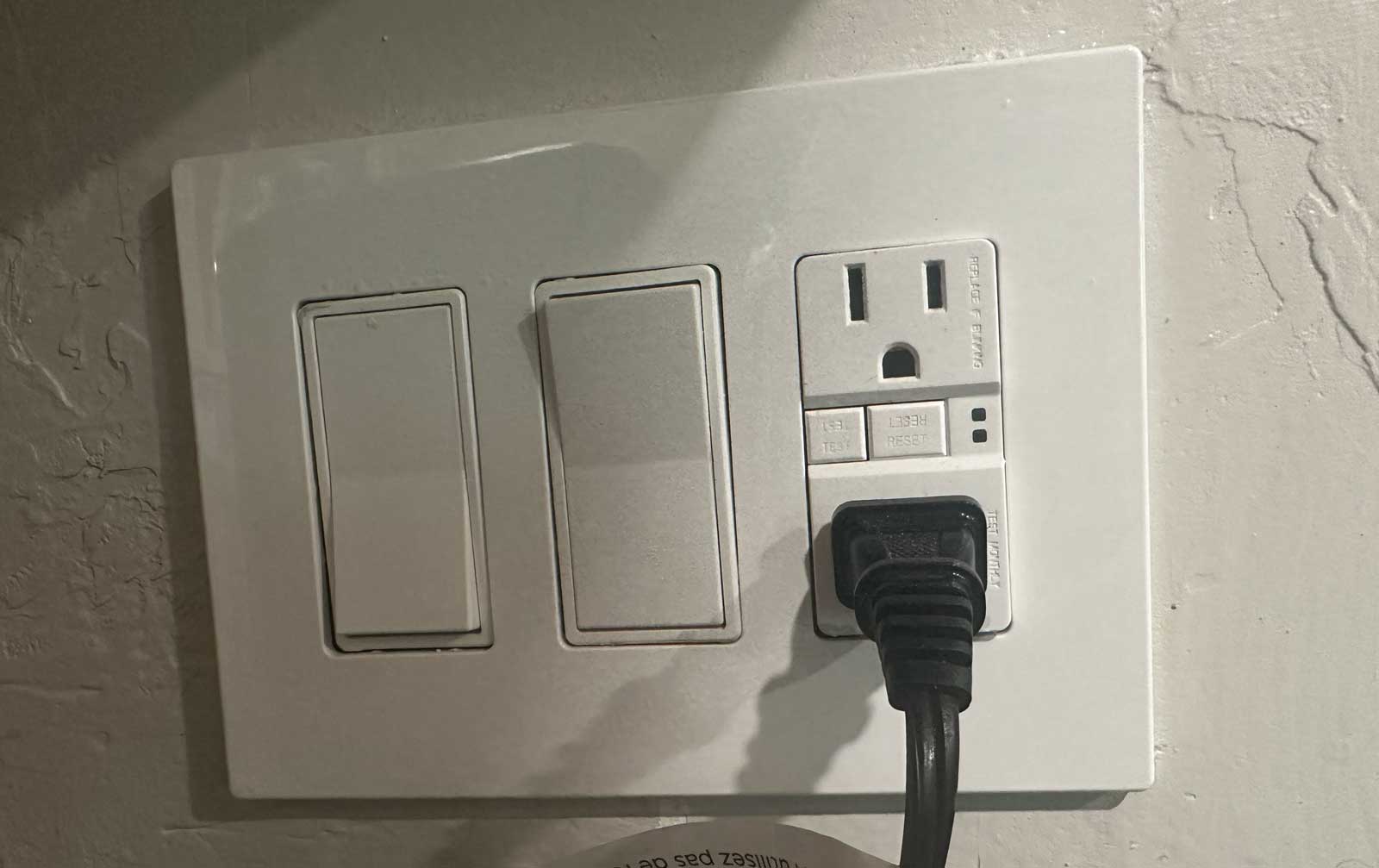 Flipping the Switch: Your Guide to Electrical Circuits and Outlets
Flipping the Switch: Your Guide to Electrical Circuits and Outlets
Have you ever wondered how your phone magically charges when you plug it into the wall? Or why you can’t run your hair dryer, space heater, and toaster oven all at the same time without tripping a breaker? (Unless you enjoy dining by candlelight, of course.) That’s where the fascinating world of electrical circuits and outlets comes in.
Buckle up, because we’re about to shed some light on this enigma (literally and figuratively).
Unraveling the Mystery: What’s an Electrical Circuit Anyway?
In my experience, people often think of electricity as some sort of mystical force that just…happens.
But it’s not magic—it’s science! At the heart of this science is the electrical circuit.
In layman’s terms, a circuit is like a circular road for electricity.
It starts at a power source (your electrical panel), travels to an electrical device (your hairdryer), and then makes its way back to the source.
It’s a round trip, just like your favorite vacation (except with less margaritas).
Branching Out: The Intricacies of Amp Circuits and Branch Circuits
Just like a tree has branches, so does your electrical system.
Branch circuits sprout from your main electrical panel, each powering a different area of your home.
Imagine it as a highway system—the main panel is the big city, and the branch circuits are the off-ramps leading to different neighborhoods.
Now, let’s talk amps.
You’ve probably heard the terms “15-amp circuit” and “20-amp circuit”.
But what does this mean? Simply put, the number of amps is the amount of electricity a circuit can handle before the circuit breaker steps in and says, “Hold up, that’s too much!” Think of it as the bouncer at a club, keeping things from getting too rowdy.
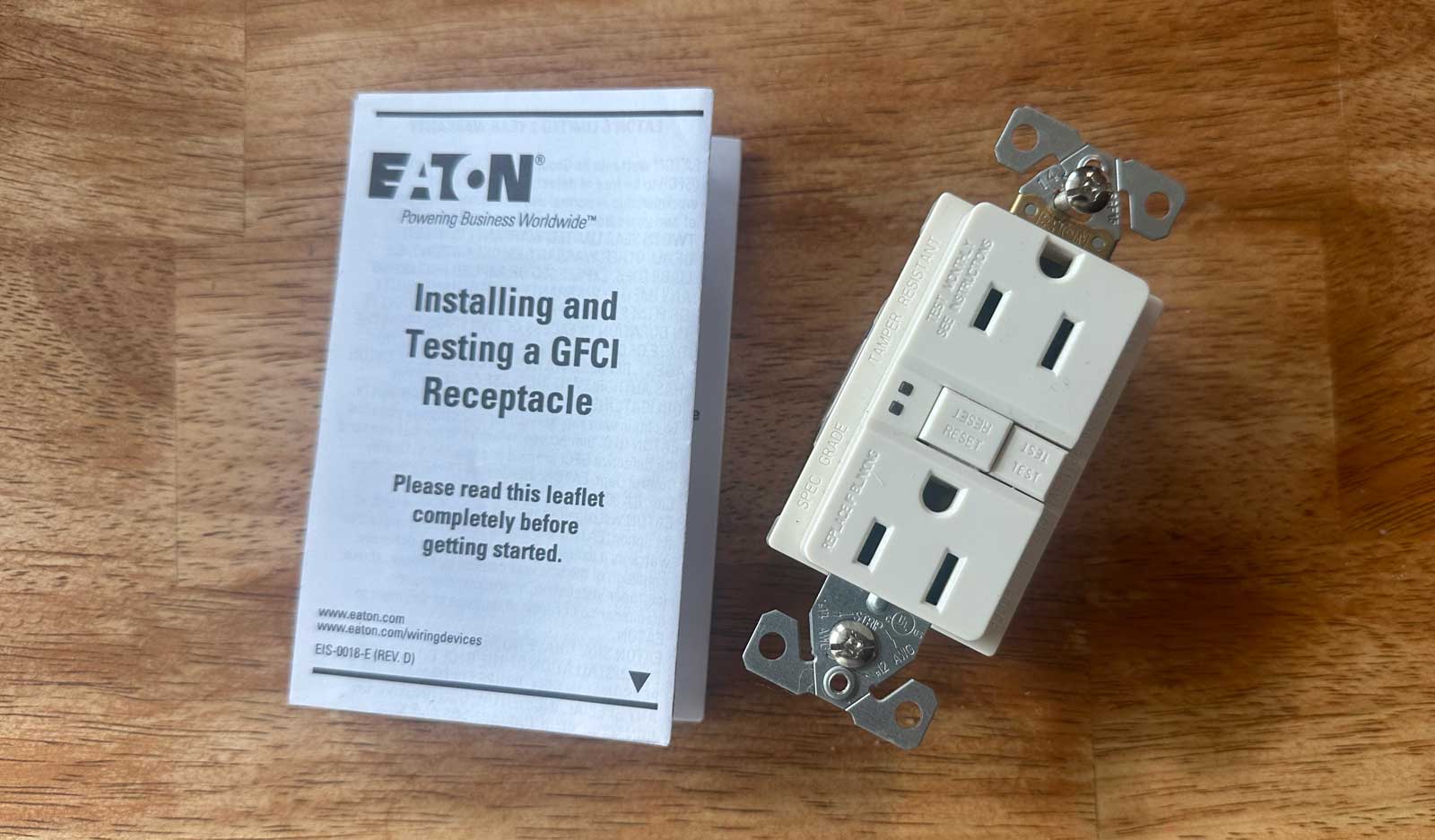 The Battle of the Amps: 15-Amp vs 20-Amp Circuits
The Battle of the Amps: 15-Amp vs 20-Amp Circuits
So what’s the difference between a 15-amp and 20-amp circuit? Well, it’s all about capacity.
A 20-amp circuit can handle more electrical load than a 15-amp one, just like a bigger backpack can hold more textbooks.
But remember, more isn’t always better.
You wouldn’t use a hiking backpack to carry a single book, right? Similarly, you wouldn’t need a 20-amp circuit for a single lamp.
But for your kitchen appliances? That’s a different story.
The right circuit for the job is key.
Key Terms to Remember: GFCI and GFI
You might have heard the terms GFCI and GFI thrown around when talking about outlets.
While they might seem like two different things, they’re actually the same.
Both refer to Ground Fault Circuit Interrupter outlets, a type of outlet designed to protect you from electrical shocks.
It’s like having a personal bodyguard for your electrical safety.
So, whether you call it GFCI or GFI, it’s all the same (just like “tomato, to-mah-to”).
In this electrifying journey, we’ve covered the basics of circuits and outlets, and thrown in some fun facts along the way.
Remember, knowledge is power (pun definitely not intended).
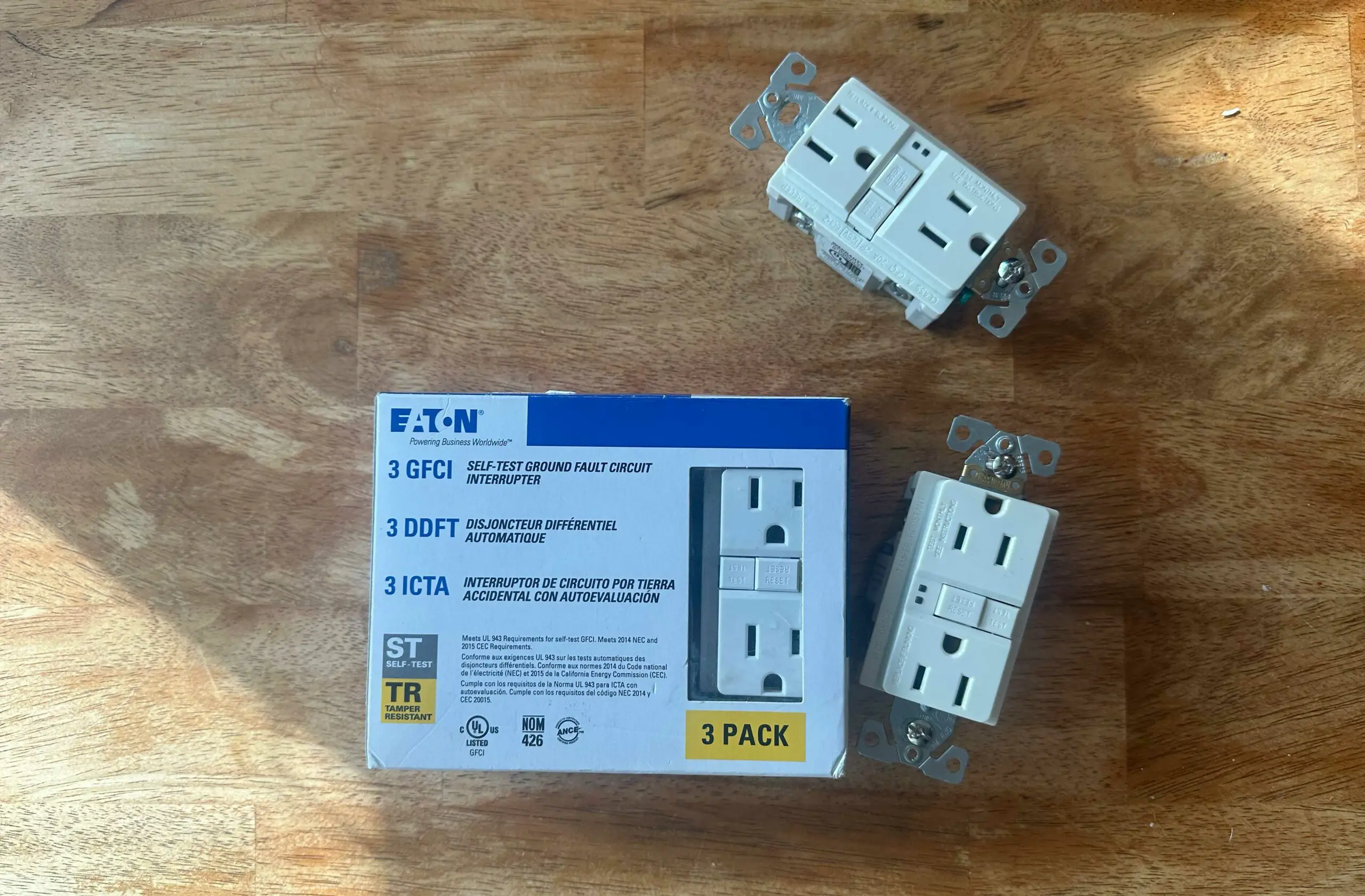 The Ground Rules: Unraveling the Mysteries of GFCI Outlets”
The Ground Rules: Unraveling the Mysteries of GFCI Outlets”
Ever had a hair-raising experience with electricity? It’s not a feeling you want to have often, right? Let’s talk about one thing that can prevent those scary moments: GFCI outlets.
GFCI outlets, or Ground Fault Circuit Interrupters, are like the superheroes of electrical safety.
They monitor the flow of electricity in a circuit and shut it down if they sense an imbalance, reducing the risk of electric shock (and keeping your hair from standing on end).
Now, let’s unravel the power puzzle of 15-amp and 20-amp GFCI outlets.
To put it simply, the numbers denote the amount of electricity they can handle.
The 15-amp GFCI is like your reliable sedan, doing its job perfectly for most home appliances.
The 20-amp GFCI, on the other hand, is like the heavy-duty pickup truck, designed for appliances that need more power.
So, before you choose, make sure to match the outlet to the appliance’s power needs.
(You wouldn’t haul a boat with a sedan, would you?)
Let’s move on to the really important stuff: where should these GFCI outlets be installed? Based on the latest 2023 NEC code changes, GFCI protection has been expanded to include wall-mounted ovens, counter-mounted cooking units, clothes dryers, and microwave ovens.
It’s also mandatory for any cord- and plug-connected appliance in kitchens, not just on countertops1.
So, it’s more than just a suggestion to have these outlets in your kitchen and bathroom – it’s a rule!
Now, here’s a quick personal note.
In my experience, installing GFCI outlets in the right places has been a real game-changer.
It’s like having a personal bodyguard for your appliances!
In short, GFCI outlets are a must-have for modern homes.
They offer superior protection against electrical shocks, they come in different power capacities to match your appliances, and they’re required in specific areas of your home.
So why wait? It’s time to make your home safer with GFCI outlets.
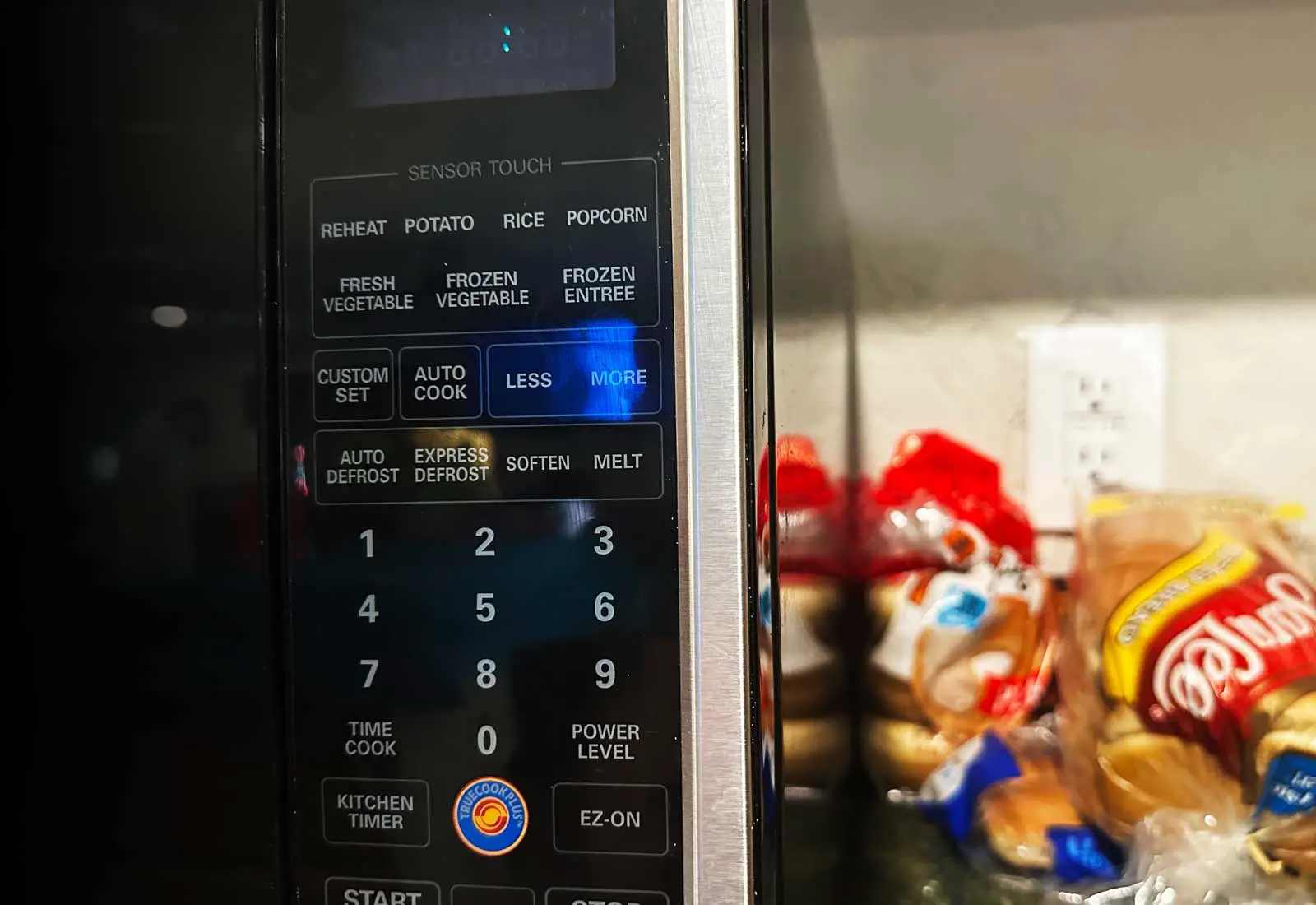 Taking Charge: How Many GFCI Outlets Can Dance on the Head of a Circuit?
Taking Charge: How Many GFCI Outlets Can Dance on the Head of a Circuit?
Want to know something that’s got people buzzing? How many outlets can be on a 20 amp circuit with GFCI? Or, what about a 15 amp GFCI? (Yeah, it’s that kind of party.) It’s not a question with a one-size-fits-all answer.
It’s like asking how many jelly beans can fit in a jar—depends on the size of the beans and the jar.
But, here’s the scoop…
The National Electrical Code (NEC) is pretty laid-back about this.
It’s your call, buddy, as long as you’re not breaking local codes.
It’s like the cool uncle of the electrical world.
But remember, with great power comes great responsibility—don’t go overboard with this freedom.
An average 20-amp circuit can safely handle 16 amps (you’re aiming for 80% of the load), which roughly equates to a max of 10 wall outlets if you assign 1.5 amps per receptacle.
Think of it as your personal buffet, but with electrical outlets instead of chicken wings.
For a 15-amp circuit, you’re looking at around 11 outlets (80% of 15 amps = 12 amps, minus 1 amp for the GFCI receptacle itself).
In my experience, staying within these limits helps maintain the health of the circuit and keeps everything running smoothly.
Playing it Cool: The Art of Not Overloading Circuits
Now, you might be thinking, “Can’t I just keep adding outlets? I’ve got loads of appliances!” Hold your horses, electricity cowboy.
Overloading a circuit is like inviting too many people to a party—the room gets crowded, it gets hot, and sooner or later, something’s gotta give.
Remember, the idea here is to avoid tripping the GFCI.
With multiple devices plugged in downstream, you risk the nuisance of tripping due to cumulative leakage.
It’s like having a party where everyone brings their dog—sounds fun, but soon you’re spending all your time trying to figure out who chewed up the couch cushion1.
If you’re in doubt, consult a professional.
They know the ropes, and they can help you plan your electrical setup to best suit your needs.
Just remember, it’s not about how many outlets you can have—it’s about how many you should have.
After all, power isn’t just about quantity, it’s about quality.
And the last thing you want is to throw a power party that ends in a blackout.
The Big Why: Unmasking Your GFCI’s Mysterious Tripping Habit
Ever had a moment where your GFCI outlet keeps tripping, and you can’t figure out why? You’re not alone.
It’s one of those common problems that can keep even seasoned homeowners up at night.
But don’t worry, because we’re about to dive into the world of GFCI outlets and uncover the truth behind this perplexing problem.
GFCI Tripping: The Nuisance that Needs Noticing
First off, it’s important to note that when your GFCI trips, it’s trying to tell you something.
It’s like your best friend who can’t keep a secret – it’s just gotta spill the beans (even if the timing could be a bit better).
The GFCI is designed to protect you from electrical shock, so when it trips, it’s like it’s shouting, “Danger, Will Robinson!” But what causes this so-called danger? Let’s find out.
The Usual Suspects: Causes Behind the Tripping
Now, onto the nitty-gritty.
The most common causes of GFCI tripping are ground faults, overloads, and short circuits.
Ground faults occur when electrical current strays outside its intended path, and the GFCI steps in to cut the power before you get a shocking surprise.
An overload is just what it sounds like – too many appliances vying for power like kids at a candy store.
And short circuits? That’s when a hot wire (the electrical kind, not the Hollywood kind) touches a neutral wire, causing an influx of electricity that your GFCI isn’t too happy about.
The Fix is In: Solutions to Stop the Tripping
So, how do you solve these issues? First, try unplugging all your appliances and resetting the GFCI.
If it doesn’t trip, you’ve got an overload on your hands.
The solution is to distribute your appliances more evenly.
If that doesn’t work, it could be a ground fault or a short circuit.
For these, you’ll want to call in a professional electrician (unless you moonlight as one, of course).
Remember, just like our brains, GFCI outlets are wired in mysterious ways.
So don’t ignore the signs when your GFCI starts tripping.
Listen to it, and take action.
After all, it’s just trying to keep you safe.
In my experience, a little understanding goes a long way when it comes to dealing with GFCI issues.
With the knowledge you now have, you’re well-equipped to face any GFCI tripping problems that come your way.
So the next time your GFCI starts acting up, you’ll be ready to tackle the problem head-on.
Related & Frequently Asked Questions
Here, we’ll address some of the most commonly asked questions about GFCI outlets and their use in different scenarios:
Q: What would happen if I put a 15 amp outlet on a 20 amp circuit?
A: It’s possible to use a 15 amp outlet on a 20 amp circuit, but it does come with potential risks, such as the possibility of an overload if a 20 amp appliance is connected to the 15 amp outlet.
Always ensure that the total current draw doesn’t exceed the capacity of the outlet, and if you’re unsure, consult a certified electrician.
Q: Is it OK to replace a 20 amp GFCI with a 15 amp?
A: While it’s technically possible, it’s not always advisable to replace a 20 amp GFCI with a 15 amp, as this might not provide sufficient protection, especially if the circuit is designed to support larger appliances that draw 20 amps.
Q: How do I know if I need a 15 or 20 amp GFCI?
A: This generally depends on the appliances or devices you plan to use on that circuit.
A 20 amp GFCI is needed for larger appliances that require more power.
If you are uncertain, consult with a certified electrician.
Q: Can you put a 15 amp GFCI on a 30 amp circuit?
A: No, a 15 amp GFCI should not be put on a 30 amp circuit.
The GFCI and the circuit should match in terms of amp rating to prevent potential overloads and other safety risks.
Q: Are 15 amp outlets rated for 20 amps?
A: No, 15 amp outlets are not rated for 20 amps.
Using a 20 amp appliance with a 15 amp outlet can cause overloading and potential safety hazards.
Q: Can I put a 15A switch on a 20A circuit?
A: While it is possible, it’s not generally recommended due to the risk of overloading the switch if the circuit carries a load greater than 15 amps.
Q: What’s the difference between GFCI and GFI?
A: There’s no difference between GFCI and GFI.
GFCI stands for Ground Fault Circuit Interrupter, while GFI is simply a shortened form of the same term.
Q: How many outlets can be on a 20 amp circuit with GFCI?
A: The NEC does not specify a maximum number of outlets for a GFCI on a 20 amp circuit, but the generally accepted rule of thumb is not to exceed 10 outlets on a 20 amp circuit to prevent overloading.
Remember, the total current draw of all devices connected should not exceed 80% of the circuit’s rated capacity.
Q: What happens if you overload a 15 amp outlet? A: Overloading a 15 amp outlet can result in the outlet or the circuit breaker tripping, potentially damaging the appliances connected and posing a fire risk.
Q: Can I use a 15 amp plug at home?
A: Yes, you can use a 15 amp plug at home for devices that do not exceed the 15 amp limit.
Q: Should I use 15a or 20a GFCI in kitchen?
A: The 2023 NEC code requires GFCI protection for all appliances in kitchens, not just on countertops.# I’ll look up whether a 15A or 20A GFCI is recommended for a refrigerator.
search(“should I use 15A or 20A GFCI for refrigerator”)
Q: What would happen if I put a 15 amp outlet on a 20 amp circuit?
A: You can use a 15 amp outlet on a 20 amp circuit, but it’s important to remember that you can’t connect a 20-amp plug to a 15-amp outlet, as this could lead to an overload.
You should also avoid using a 20-amp receptacle on a 20-amp circuit due to the same risks.
Q: Is it OK to replace a 20 amp GFCI with a 15 amp?
A: The NEC 210.
21 (B) (1) states that in a 20 amp circuit, you cannot use a single 15 amp GFCI outlet.
However, you can use two 15 amp GFCI outlets or a 15 amp GFCI outlet with a 20 amp outlet.
Q: How many outlets can be on a 20 amp circuit with GFCI?
A: The NEC does not specify the number of outlets on a GFCI circuit.
However, it is suggested to restrict the outlets on your 20-amp circuit to 10.
In a multiple-location configuration, the GFCI receptacle upstream will protect as many outlets as you have downstream.
However, don’t add too many outlets downstream, as the cumulative effect of their leaks could lead to nuisance tripping.
Please note that the difference between GFCI and GFI, information about using a 15 amp GFCI on a 30 amp circuit, the requirements for a refrigerator, and the safety of a 20 amp to 15 amp adapter, among other topics, are still being researched.
I will provide this information as soon as possible.
Next Steps
Want to join others who are creating the most amazing home redesigns & renovations and get more tips, tricks and hacks on how to make your home the best it can be?
Join my brand new free private Facebook group, Remodel Reality to connect with other people like you to make your space the best!
